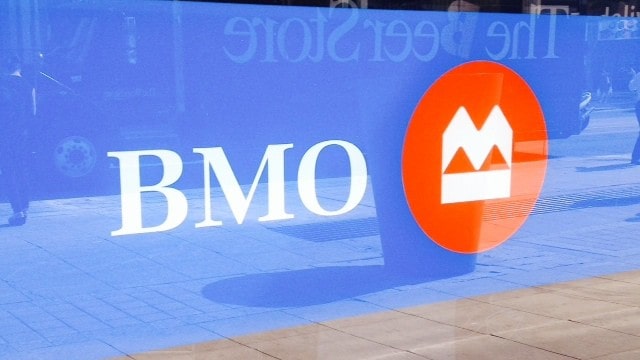The top Canadian bank stocks have always been lauded for the stability and income offered to investors. The latter half of 2016 saw Canadian banks start a surge that lasted into this year. The euphoria south of the border concerning the pro-growth agenda of the Trump administration spilled over into Canadian financials. Record quarterly results did not hurt either.
However, starting in early March, most Canadian banks started to see steady declines as investor sentiment soured on a Canadian economy plagued by worries of a housing bubble and rising debt levels. We now head into the final months of 2017, and strong economic reports have convinced some that Canadian bank stocks will soon reflect this positive atmosphere.
Let’s review some reasons to remain cautious about Canadian bank stocks.
Anxiety about rising interest rates
On September 8, Douglas Porter, chief economist at Bank of Montreal (TSX:BMO)(NYSE:BMO), criticized the Bank of Canada for failing to adequately communicate its intentions for a second rate hike. Porter cited the communications of the Federal Reserve and said that the Bank of Canada should aspire to the same degree of transparency to keep Canadian banks in sync with central bank policy.
The Bank of Canada responded by pointing out that odds makers had chances of a rate hike at 50/50. The back and forth demonstrates the rising anxiety for policy makers and financial institutions after a prolonged period of historically low rates.
Economic concerns remain for Canada
Timothy Lane, deputy governor at the Bank of Canada, made a speech on September 18 to the Saskatoon Regional Development Authority. In it, Lane said the central bank had seen positive signs that exports and business investment had improved. Encouraging these trends was one of the central justifications for the rate drop in 2015. Lane also warned against headwinds caused by protectionist measures from trading partners.
Exports and business investment growth were concentrated in specific areas that could see drawdowns in future quarters — in particular, in the energy and auto sectors.
Housing market slowdown may spill into 2018
Robert Hogue, senior economist at Royal Bank of Canada (TSX:RY)(NYSE:RY), said this month that Canadians can “breathe a little easier” when it comes to concerns about a Toronto housing collapse. The Toronto Real Estate Board showed that the decline had dissipated across the Greater Toronto Area, suggesting that the correction was beginning to stabilize.
RBC hiked its prime rate to 3.2% following the rate hike and was followed by BMO, Toronto-Dominion Bank, and the remaining Big Five banks. In addition to putting added pressure on Canadians who are carrying record consumer debt, new mortgage regulations pitched by the OSFI could also slow sales growth by implementing stringent stress tests on uninsured mortgages.
Rising interest rates should help net margins for Canadian banks, and the new mortgage regulations may hurt sales but aid in retention. This makes Canadian bank stocks a good defensive play heading into 2018, but the kind of growth we saw in 2016 and early 2017 will likely be hard to come by.







